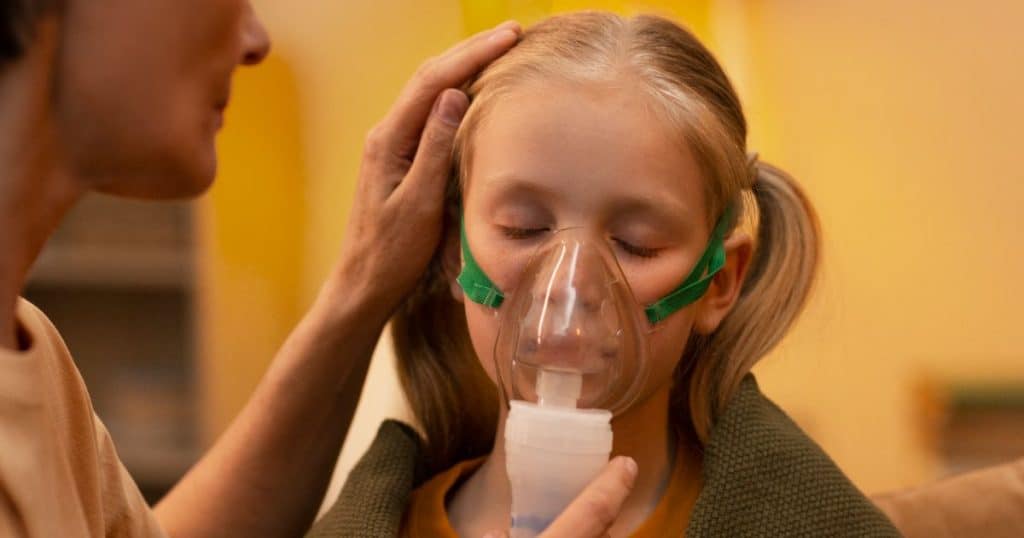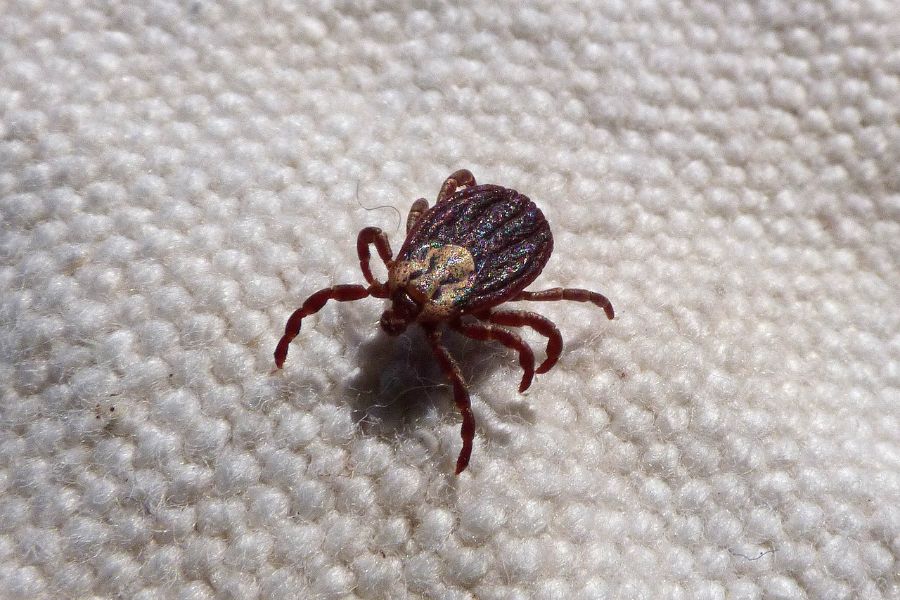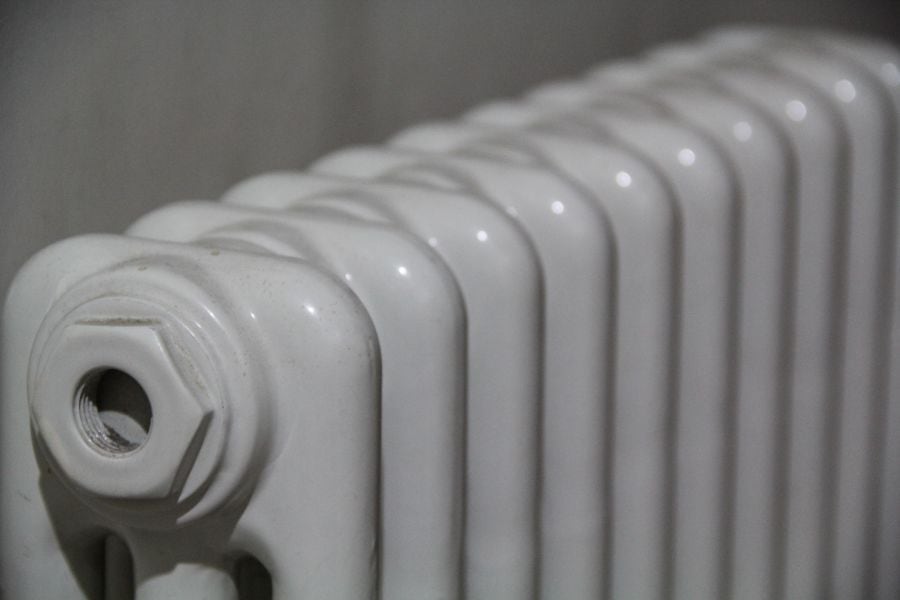
Asthma, a common lung condition which causes breathing problems from time to time, can affect people at any age. While it typically affects people during childhood, it can also develop among adults. Even though there’s currently no permanent cure for asthma, a simple solution can help with these symptoms: underfloor heating (UFH). Find out how below:-
Table of Contents
Dust allergies are among the most common problems associated with triggering asthma. Itchy, watery, and red eyes as well as a stuffy or runny nose can exacerbate symptoms of asthma, all of which can be brought about due to dust mites in one’s home. One of the most major advantages of UFH is that it doesn’t circulate dust via convection, unlike traditional heating radiators, which are a haven for dust mites. In this article, you will learn about the correlation between heat and asthma, and how UFH can help in reducing any allergies that you may have.

How Underfloor Heating Helps To Avoid Triggering Asthma Symptoms
According to the NHS, dust allergies such as dust mites and animal fur/pollen are one of the most common triggers of asthma.
More than 5.4 million people across UK households suffer from asthma – out of these 1.1 million are children where symptoms can be easily triggered by dust mites in household dust.
Underfloor heating systems do not require a radiator and are a viable solution to the problem of dust allergies in households, although they do need to be installed professionally to help you reap the benefits.
Breathe Easier with Underfloor Heating
Transform Your Home into an Asthma-Safe Haven
UFH systems are also an excellent source of multi-zone heating, providing more consistent and even heating through each part of your home. Combined with the right insulation and overlay systems, underfloor heating can have a very positive impact on your quality of life, particularly if you or anyone else in your household suffers from asthma.
Here are some of the ways in which UFH can help reduce occurrences or episodes of asthma:
- Reduce the impact of dust allergies – Dust allergies may lead to a stuffy or runny nose, as well as itchy and watery eyes. This can exacerbate the symptoms of asthma, including coughing, wheezing, shortness of breath, and chest tightness.
- Reduce dust mites – Dust mites are a huge asthma trigger, especially in UK homes. Children are more vulnerable to dust mites, where any allergies or asthmatic symptoms can be triggered almost immediately. The right heat and asthma solution can help remedy this, e.g. underfloor heating.
- Dust circulation – Disturbing bedding, walking frequently on carpets, kids playing around, vacuuming, etc. can all release dust mites in the air. Add to that heating radiators, which facilitate the circulation of dust because of the convection currents, and you’ll be dealing with worsening asthma symptoms. UFH systems help to combat this as heat is still generated throughout your home but without circulating dust mites.
Running into any plumbing issues this winter? Choosing the right plumbing parts to complete your DIY project can make a huge difference!

How To Reduce Dust Mites In Your Home
There are several steps you can take right now to reduce dust mite presence in your home, including:
- Always choose wooden or linoleum flooring instead of carpeting. Not only is it easier to clean but you also won’t have to worry about dust being trapped and kicked up from your carpet every time someone walks over it and when your children and pets are running about, doing what they usually do!
- Instead of relying on traditional radiator-based heaters, use underfloor heating. Research shows that simply by installing a quality underfloor heating system, you can reduce dust mites by up to 80%, as dust is no longer circulating around your house like it does when radiators are used to heat it up.
- Keep pets out of bedrooms. While pets bring us joy, it’s important to keep them out of bedrooms or places where you relax, nap, or sleep frequently. Better yet, keep them outside, but make sure that they have adequate security and shelter to keep them nice, safe, and warm. Other than that, letting them in from time to time should be okay, as long as you keep them away from carpets, beds, sofas, etc. all of which are places where pet fur can accumulate and cause the flare-up of asthma symptoms.
- Mite-proof bedding – Something as simple as employing ‘mite proof’ bedding can significantly reduce the occurrences of asthma attacks and symptoms. Wash them regularly, while doing your best to keep them as clean and dust-free as possible.

Other Reasons Why Your Asthma Symptoms Keep Flaring Up
Winter is usually a very taxing time for those suffering from allergies, particularly asthma. In fact, once the heating kicks in inside your home, you may find that your allergies and/or asthma symptoms often flare up.
Radiators – A haven for dust mites
Dust mites are a major trigger of allergies, including asthma. Even uber-clean homes tend to have dust mites and this is not the homeowner’s or cleaners’ fault – chances are they don’t even know dust mites reside in their home unless one of them starts having allergies or worse, still, experiences symptoms of asthma. Traditional radiators are commonly used throughout the UK as they can make your home feel very comfortable and cosy throughout the winter months.
But here’s the problem, one which many people don’t give a second thought to: while the radiators are helping to warm up the air in your home, the convection of the warm air is effectively spreading dust mites at a rapid pace across your living spaces.
You won’t notice this right away and you certainly won’t see it, but it will ultimately lead to allergies and asthma symptom flare-ups.

Allergies Typically Worsen During Winters
This is the most common reason why families find it more difficult to cope with allergies during winter: as soon as they turn on their heating, they trigger their allergies and asthma, which are mostly aggravated by the flow of dust mites. Ditch the conventional radiators and switch to underfloor heating today – you’ll thank yourself later! This is something many people tend to overlook when it comes to understanding the heat and asthma relationship.
A Healthier, More Cost-Effective Way To Heat Your Home
Simply put, underfloor heating is a healthier and more cost-effective way to heat your home, and here’s why:
By working along the principle of warming the air from the floor towards the ceiling, there’s no hot air being ‘convected’ across your rooms. This eliminates the distribution or flow of dust mites in your home – we can’t stress on this enough! Plus, with no radiators installed on the wall, you’re effectively cutting down the likelihood of mites having a nice, warm and cosy home to reside in.
Many families have already invested in a quality underfloor heating system to reduce allergies, with nothing short of brilliant results. However, did you know that UFH systems are also a more economical way to keep your home warm? Compared to a conventional radiator system, the warm water in underfloor heating runs at a lower temperature, while still providing the same level or intensity of heat.
You can combine your UFH system with not just a standard boiler but also the latest renewable technologies like heat pumps, which generate further cost-savings across your home.
Through the correct installation, underfloor heating systems require very little maintenance – the long-term monetary saving on maintenance can significantly contribute to the installation cost, helping you get it back in just a few months.
If you’re curious about underfloor heating insulation thickness or want to gain some know-how on the different kinds of underfloor heating systems available, here’s a rather useful read on how thick is underfloor heating.
Other Benefits Of UFH Systems To Reduce Health Risks
Avoid slips
It’s happened to all of us: we step out of the shower or bath, either tripping on something or slipping. In some cases, we regain our footing, while in others, it can lead to injury. Floors outfitted with an underfloor heating system dry out much quicker than those without it, thus, reducing the risk of slipping on wet surfaces or where puddles have accumulated.
Reduced dust circulation
Traditional heaters work along the principle of convection which means heat will rise and then fall as it loses the hot temperature. This type of heating where hot or warm air is constantly rising and circulating facilitates the movement of dust particles around the room. This can be very problematic if you’re prone to allergies or suffering from symptoms of asthma.
To avoid respiratory problems and dust allergies, including exacerbation of asthma symptoms, install a quality underfloor heating system which can significantly bring down the flow of dust within rooms.
No accidental burns
Although somewhat rare, we might accidentally make contact with a very hot radiator which can lead to burns. Underfloor heating poses no such risk. In fact, you’ll now see more nursing homes and residential units outfitted with UFH systems rather than traditional radiator, because of their safety and efficiency.
Prevent Clashes Between Heat and Asthma With UFH
If you’re prone to dust allergies or currently managing symptoms of asthma, it’s very important to understand the relationship between heat and asthma.
While asthma isn’t a life-threating condition and can be well-managed in people of all ages, we should do our best to not inhale dust or live in an environment where dust mites thrive.
A great underfloor heating system is a lifelong investment. Just make sure yours is installed professionally by a reputable company!
FAQs
What is the best heating for asthma sufferers?
Underfloor heating is often considered the best for asthma sufferers as it reduces dust circulation compared to traditional radiators.
Is underfloor heating good for your health?
Yes, underfloor heating is generally good for health as it reduces the circulation of dust and allergens, potentially benefiting those with respiratory issues.
Can you get air trapped in underfloor heating?
Yes, it is possible for air to become trapped in underfloor heating systems, which can reduce efficiency and require professional bleeding to resolve.
Sources
NHS. (n.d.) Asthma. [online] Available at: https://www.nhs.uk/conditions/asthma/ [accessed 24/01/24]
